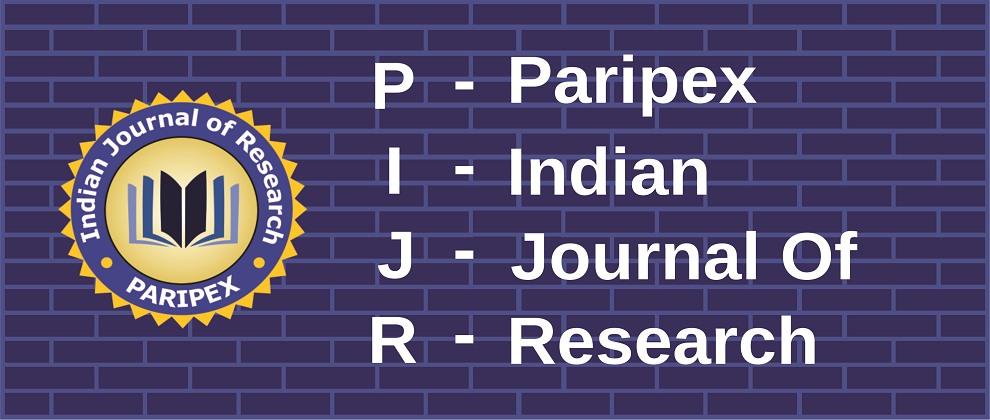Volume : VII, Issue : III, March - 2018
Prevalence of Candida species in various clinical specimens and their antibiotic susceptibility pattern in tertiary care hospital: A Prospective study.
Dr. Manjula J Babariya, Dr. Kamlesh K. Shekhawat, Dr. Vikram Singh Rathore
Abstract :
Background: Nosocomial fungal infections have emerged as major pathogen in human being and are associated with high morbidity and mortality despite antifungal therapy. Risk factors for these infections continue to rise in frequency so it is estimated that frequency of these infection will be high in coming decades. Candida species are currently considered as the fourth most common cause of hospital–acquired systemic infections and Candida albicans is generally considered the major pathogen among the species but various study result was in favour of non Candida albicans species. Aim of this study is to identify different candida species in various clinical samples and their antibiotic susceptibility pattern.
Methods and Material: This prospective study was conducted for period of one year from (Nov 2016 to Nov 2017). Total 5400 clinical samples (urine, sputum, ET secretions, blood, etc) were received in microbiology laboratory from various OPD ,Ward and ICU with all aseptic precaution and processed for identification of Candida species and their susceptible antibiotics by use of Sabourad’s Dextrose Agar with chloramphenicol antibiotics, CHROM agar, CMA (corn meal agar), SDB (sabourad dextrose oth), YNB (yeast nitrogen base media), Sugar disc (raffinose, sucrose, maltose, lactose), MHA with methylene blue, Antifungal disc – Amphotericin B (100IU), Fluconazole(25µg), Ketoconazole(15µg), Nystatin(50µg), Clotrimazole(10µg), Voriconazole (1µg).
Result: A total of 30 Candida isolates out of 5400 clinical specimens were isolated during study period. Candida was mainly isolated from respiratory samples (12) and urin(7). The most common species of Candida isolated was C. albicans forming 76.66% of the total isolates. The non–albicans candida species form the remaining 23.33% of the total isolates, thus stressing their emergence as major fungal pathogens. Amphotericin B and Nystatin are most effective antibiotic for all isolated species.
Conclusion: The species level identification of Candida is important due to variation in sensitivities of various species to different antifungals and also due to limited therapeutic options because of emergence of resistance to antifungals.
Article:
Download PDF
DOI : https://www.doi.org/10.36106/paripex
Cite This Article:
Dr. Manjula J Babariya, Dr. Kamlesh K. Shekhawat, Dr. Vikram Singh Rathore, Prevalence of Candida species in various clinical specimens and their antibiotic susceptibility pattern in tertiary care hospital: A Prospective study., PARIPEX‾INDIAN JOURNAL OF RESEARCH : Volume-7 | Issue-3 | March-2018
Number of Downloads : 619
References :
Dr. Manjula J Babariya, Dr. Kamlesh K. Shekhawat, Dr. Vikram Singh Rathore, Prevalence of Candida species in various clinical specimens and their antibiotic susceptibility pattern in tertiary care hospital: A Prospective study., PARIPEX‾INDIAN JOURNAL OF RESEARCH : Volume-7 | Issue-3 | March-2018


 MENU
MENU

 MENU
MENU


